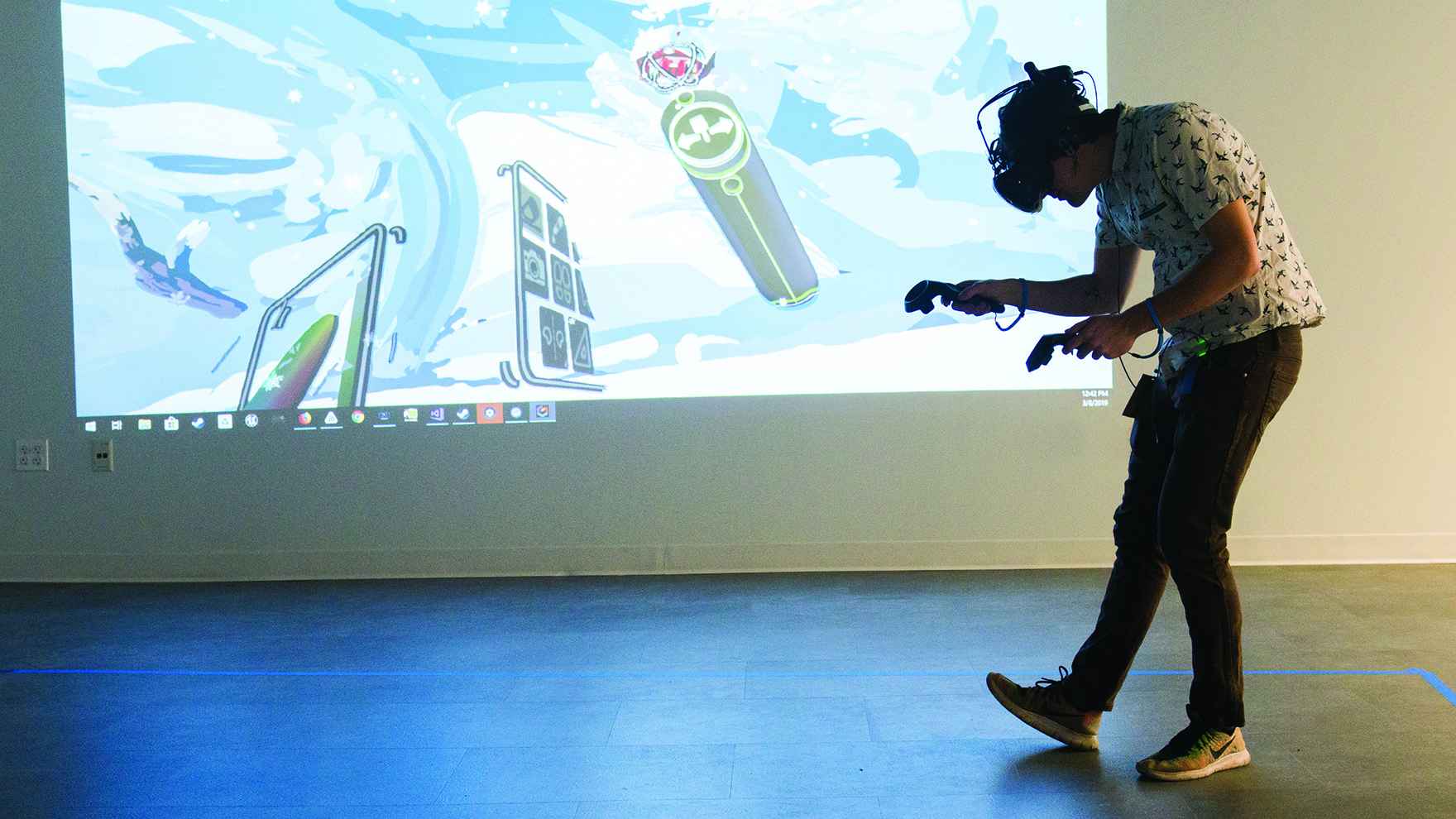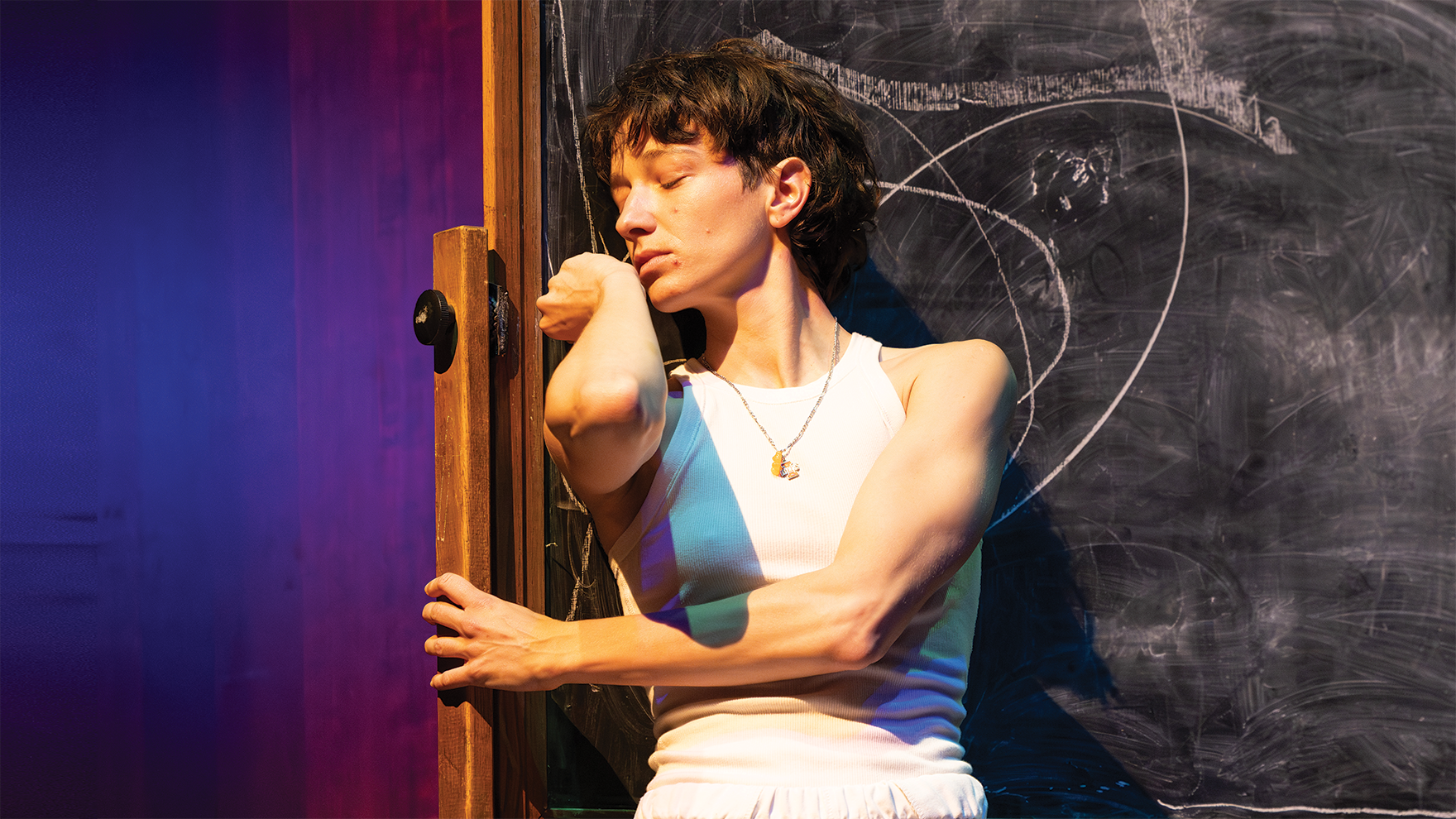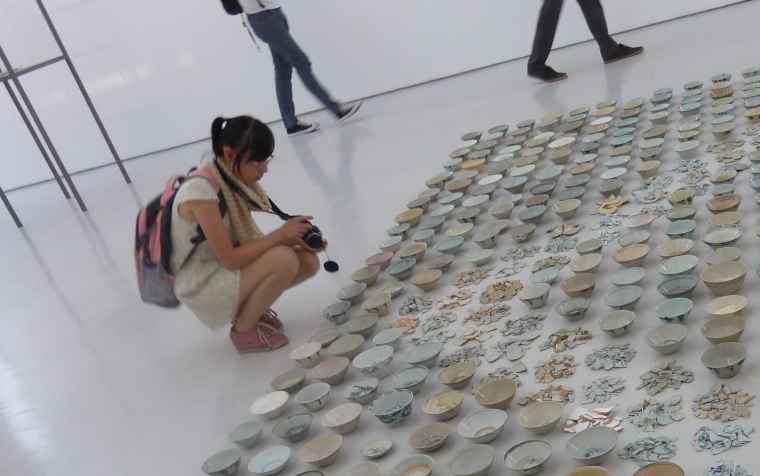Contemporary Music Ensemble CUBE Performs at Fulton Hall
On Feb. 3, 2013, Chicago-based contemporary chamber music ensemble CUBE marked its 25th anniversary with a concert, titled "Hanging From the Edge," at Fulton Hall. CUBE has strong ties to the University of Chicago community: Patricia Morehead, the founder of CUBE, received her PhD in composition from the University, and John Eaton, Professor Emeritus in Music, serves on its advisory board along with Augusta Read Thomas, University Professor in Music.
A-J Aronstein, AM'10, Featured in 'Paris Review Daily'
It's a balmy 38 degrees today in Chicago, but an article by A-J Aronstein, AM'10, in the Paris Review Daily reminds us not to get too comfortable. Aronstein, an alumni of the Master of Arts Program in the Humanities (MAPH), meditates on how the unique cold of February in Chicago affects our bodies and brains, leading us from Lacan to Netflix and from selfish survival to the promise of OKCupid.
William Pope.L Profiled in 'Interview Magazine'
In the February 2013 issue of Interview, William Pope.L, Associate Professor in Visual Arts, discussed his upcoming exhibition at the Renaissance Society and his "crawl" pieces. The most famous of these "crawl" works consisted of crawling on his hands and knees from the beginning to the end of Broadway street in Manhattan, a 22-mile journey that took him nine years to complete, "with each installment lasting as long as Pope.L could endure the knee and elbow pain (often about six blocks)." He also considered questions surrounding whether he defines his work as activism, his upcoming Pull! project (in which he and a group of local participants will pull an eight-ton truck through the streets of Cleveland by hand), and his thoughts on authorship in community-based art.
The community is, in fact, one of the most important parts of Pope.L's work. When asked whether he enjoys making the work he does, he responded:
No, I did not enjoy crawling. Overall, I enjoy making work with others. I enjoy the small moments of revelation that are only possible in the company of others. I enjoy making a clear puzzle. I realize more and more that making is unmaking. To make something is to undo it. To make something is to make it less mysterious, that is, in the process of removing a veil, one of many. You gain more intimacy, but it may not be very pleasant.
Pope.L's show at the Renaissance Society, titled Forlesen, will run from April 28 to June 23. It will be his first solo exhibition in Chicago since joining the University faculty.





